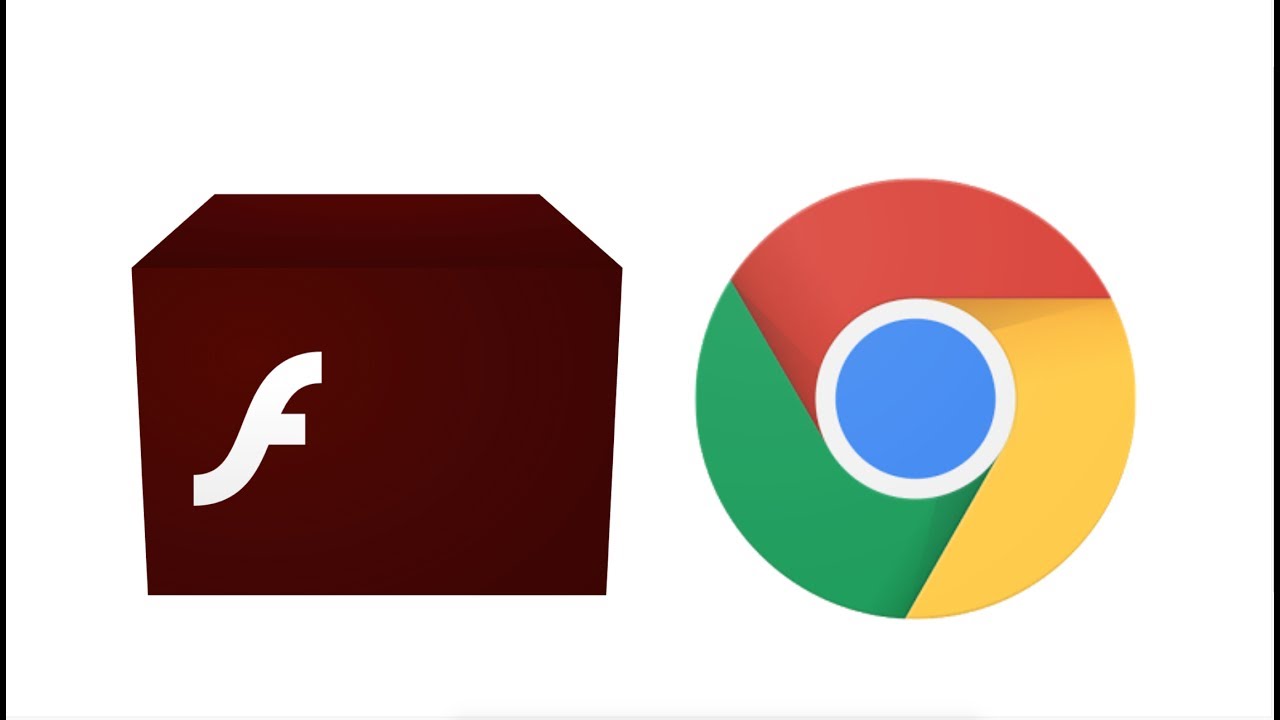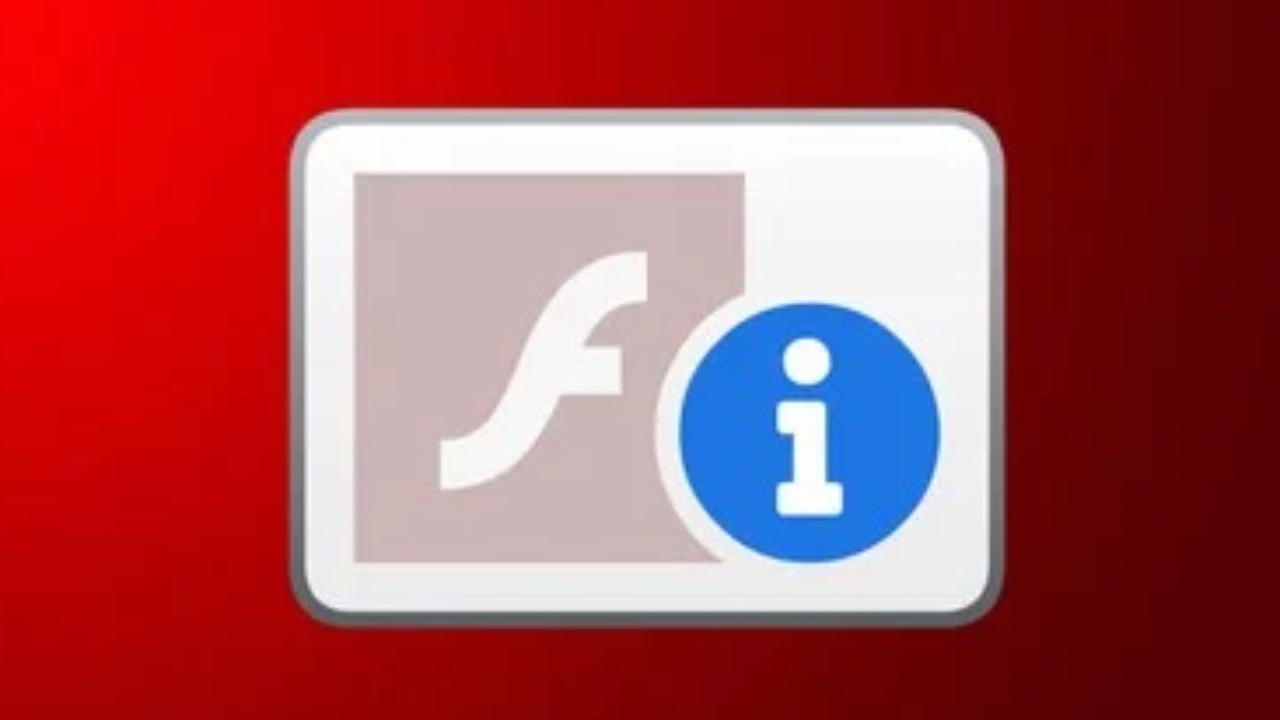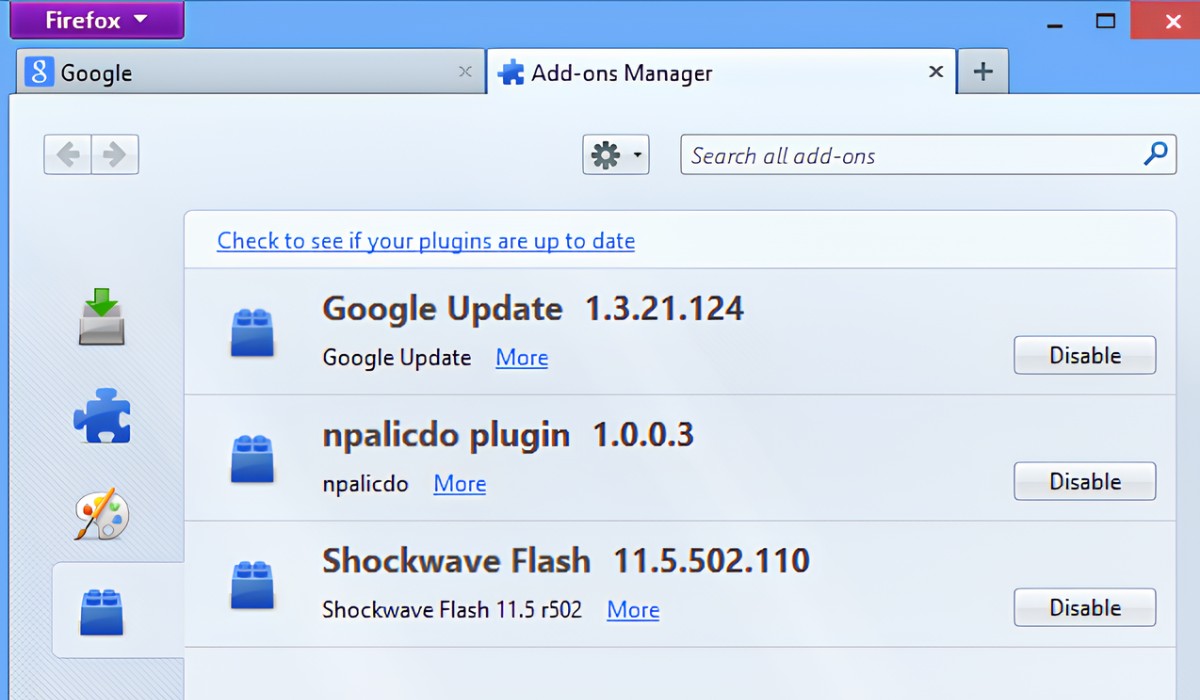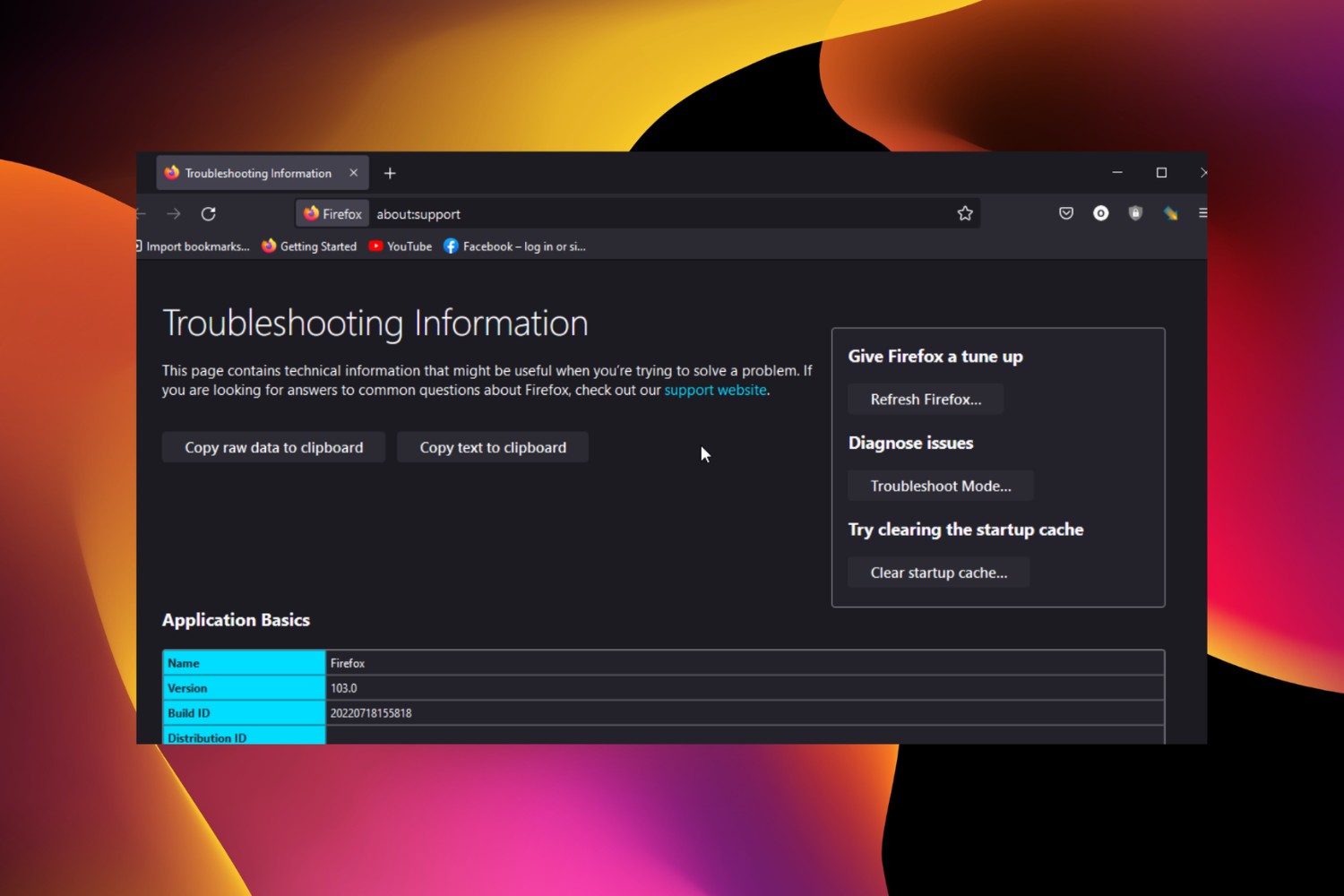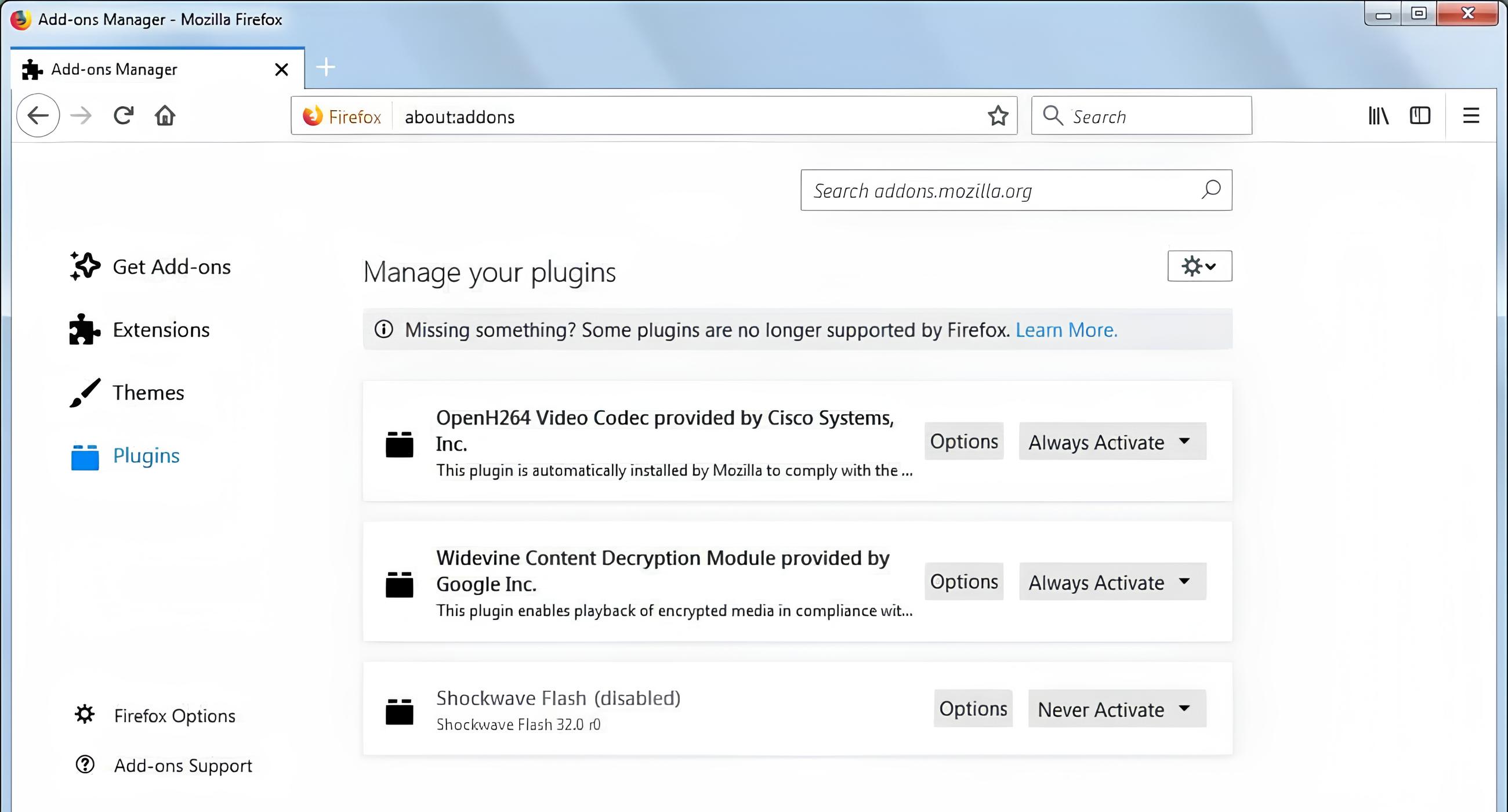Introduction
When browsing the web, encountering multimedia content is a common occurrence. Whether it's an engaging video, an interactive game, or an animated advertisement, these elements often rely on a technology called Shockwave Flash to deliver a rich and dynamic experience. However, if you've ever experienced the frustration of Shockwave Flash crashing in your Chrome browser, you're not alone. This issue can disrupt your browsing experience, causing videos to freeze, games to become unresponsive, and web pages to display error messages.
The prevalence of Shockwave Flash crashes in Chrome has led to widespread concern among users. It's a perplexing problem that can stem from various factors, ranging from outdated software to conflicting browser settings. Understanding the root causes of these crashes and learning how to address them is crucial for ensuring a seamless and enjoyable browsing experience.
In this article, we'll delve into the intricacies of Shockwave Flash, exploring its role in delivering multimedia content on the web. We'll also uncover the common reasons behind Shockwave Flash crashes in Chrome, shedding light on the technical and environmental factors that can contribute to this issue. Furthermore, we'll provide practical solutions and troubleshooting tips to help you resolve Shockwave Flash crashes and prevent them from disrupting your browsing sessions.
By gaining a deeper understanding of Shockwave Flash and learning how to mitigate its potential pitfalls, you'll be empowered to navigate the web with confidence, knowing that you can enjoy multimedia content without the fear of encountering disruptive crashes. So, let's embark on a journey to unravel the mysteries of Shockwave Flash and equip ourselves with the knowledge to overcome its crashing woes in Chrome.
What is Shockwave Flash?
Shockwave Flash, often referred to as Adobe Flash, is a multimedia software platform that has played a pivotal role in shaping the interactive and dynamic nature of the web. Developed by Macromedia and later acquired by Adobe, Shockwave Flash has been instrumental in enabling a wide array of multimedia content, including animations, videos, games, and interactive applications, to be seamlessly integrated into web browsers.
At its core, Shockwave Flash utilizes vector and raster graphics to deliver captivating visual experiences, coupled with audio and interactive elements, thereby enhancing the interactivity and engagement of web content. Its versatility has made it a cornerstone of web development for many years, allowing developers to create immersive and dynamic experiences that captivate and entertain users.
One of the key strengths of Shockwave Flash lies in its cross-platform compatibility, enabling multimedia content to be accessed and experienced across various operating systems and web browsers. This widespread adoption has cemented Shockwave Flash as a ubiquitous technology, enriching the web with a diverse range of multimedia experiences.
However, as web technologies have evolved, the role of Shockwave Flash has diminished, largely due to the emergence of more modern and efficient alternatives such as HTML5, CSS3, and JavaScript. In response to this shift, major web browsers have gradually phased out native support for Shockwave Flash, favoring newer standards that offer improved performance, security, and accessibility.
Despite its declining prominence, Shockwave Flash continues to be utilized in legacy web content and applications, and its presence can still be felt across various corners of the web. However, the reliance on Shockwave Flash has also brought about challenges, including security vulnerabilities and performance issues, which have contributed to its gradual obsolescence.
As we navigate the ever-changing landscape of web technologies, understanding the role and significance of Shockwave Flash provides valuable insights into the evolution of multimedia content on the web. While its prominence may have waned, the impact of Shockwave Flash on the web's interactive and visual landscape remains a testament to its enduring legacy.
In the next section, we will delve into the common reasons behind Shockwave Flash crashes in Chrome, shedding light on the technical and environmental factors that can contribute to this issue.
Common Reasons for Shockwave Flash Crashing in Chrome
-
Outdated Shockwave Flash Plugin: One of the primary reasons for Shockwave Flash crashes in Chrome is an outdated or incompatible Shockwave Flash plugin. As web technologies advance, older versions of the plugin may struggle to cope with modern multimedia content, leading to instability and crashes.
-
Conflicting Browser Extensions: Certain browser extensions or add-ons can interfere with Shockwave Flash, causing conflicts that result in crashes. These extensions may attempt to modify the behavior of Shockwave Flash, leading to unpredictable outcomes and potential instability.
-
Hardware Acceleration Issues: Chrome's hardware acceleration feature, designed to offload certain tasks to the GPU for improved performance, can sometimes clash with Shockwave Flash, leading to crashes. Incompatibilities between hardware acceleration and the Shockwave Flash plugin can manifest as frequent crashes.
-
Corrupted Browser Profile: Over time, Chrome's user profile, which stores various settings and preferences, can become corrupted. This corruption can impact the stability of Shockwave Flash, leading to crashes and erratic behavior when attempting to play multimedia content.
-
Incompatible Browser Settings: Certain Chrome settings, such as those related to content settings, site permissions, or experimental features, can impact the behavior of Shockwave Flash. Incompatibilities or misconfigurations in these settings may trigger crashes when attempting to load or interact with multimedia content.
-
System Resource Constraints: Insufficient system resources, such as RAM or CPU capacity, can lead to performance bottlenecks that affect the stability of Shockwave Flash. When the system is under strain, Shockwave Flash may struggle to function properly, resulting in crashes and unresponsiveness.
-
Security Software Interference: Some security software or firewall settings may inadvertently interfere with Shockwave Flash, mistaking its activity as potentially malicious. This interference can disrupt the normal operation of Shockwave Flash, leading to crashes and unexpected behavior.
Understanding these common reasons for Shockwave Flash crashes in Chrome is crucial for troubleshooting and resolving these issues. In the next section, we will explore practical solutions and strategies to address Shockwave Flash crashes and restore stability to your browsing experience.
How to Fix Shockwave Flash Crashes in Chrome
Resolving Shockwave Flash crashes in Chrome requires a systematic approach that addresses the underlying causes of instability. By implementing the following strategies and solutions, you can effectively mitigate Shockwave Flash crashes and restore seamless multimedia experiences in your browser.
1. Update the Shockwave Flash Plugin:
Ensure that you have the latest version of the Shockwave Flash plugin installed in Chrome. Visit the Chrome Web Store or the Adobe Flash Player website to download and install the most recent version. Keeping the plugin up to date is essential for compatibility with modern multimedia content and improved stability.
2. Disable Conflicting Browser Extensions:
Identify and disable any browser extensions or add-ons that may be conflicting with Shockwave Flash. Navigate to Chrome's extension settings and selectively disable extensions to isolate potential conflicts. Gradually re-enable extensions to pinpoint the specific add-on causing issues with Shockwave Flash.
3. Adjust Hardware Acceleration Settings:
Experiment with Chrome's hardware acceleration settings to determine if it impacts Shockwave Flash stability. Access Chrome's advanced settings and toggle the hardware acceleration option to observe its effect on multimedia content playback. Disabling hardware acceleration may alleviate crashes caused by incompatibilities with the GPU.
4. Reset Chrome User Profile:
If you suspect that your Chrome user profile is corrupted, consider resetting it to its default state. This process involves creating a new user profile while preserving your bookmarks and essential data. By starting with a fresh user profile, you can eliminate potential profile-related issues that may be affecting Shockwave Flash stability.
5. Review Browser Settings and Permissions:
Examine Chrome's settings related to content, site permissions, and experimental features. Ensure that these settings are configured in a manner that is conducive to the proper functioning of Shockwave Flash. Adjust permissions and content settings as needed to align with the requirements of multimedia content.
6. Optimize System Resources:
Address system resource constraints by closing unnecessary applications and tabs that may be consuming excessive memory or CPU resources. By optimizing system resources, you can alleviate performance bottlenecks that contribute to Shockwave Flash crashes and improve overall browser stability.
7. Configure Security Software:
Review the settings of your security software, including antivirus programs and firewalls, to ensure that they do not interfere with Shockwave Flash. Whitelist the Shockwave Flash plugin and related processes to prevent security software from erroneously flagging them as potential threats, thereby reducing the likelihood of crashes.
By implementing these proactive measures and troubleshooting steps, you can effectively address Shockwave Flash crashes in Chrome, fostering a more stable and enjoyable browsing experience. These strategies empower you to overcome the challenges posed by Shockwave Flash instability, allowing you to engage with multimedia content on the web with confidence and reliability.
Conclusion
In conclusion, the prevalence of Shockwave Flash crashes in Chrome has been a persistent source of frustration for users seeking to enjoy multimedia content seamlessly. The multifaceted nature of this issue, stemming from factors such as outdated plugins, conflicting browser extensions, hardware acceleration conflicts, and system resource constraints, underscores the complexity of addressing Shockwave Flash instability. However, armed with a deeper understanding of these challenges and equipped with practical solutions, users can navigate the landscape of multimedia content with greater confidence and resilience.
As we reflect on the evolution of web technologies, it becomes evident that the role of Shockwave Flash has undergone a transformative journey, from being a pioneering force in delivering interactive multimedia experiences to facing obsolescence in the wake of more modern standards. Despite its diminishing prominence, the legacy of Shockwave Flash endures as a testament to its pivotal role in shaping the web's visual and interactive landscape.
Looking ahead, the ongoing transition away from Shockwave Flash underscores the imperative for users to embrace modern alternatives and for developers to prioritize the adoption of contemporary web standards. Embracing HTML5, CSS3, and JavaScript empowers the web with enhanced performance, security, and accessibility, paving the way for a more robust and sustainable multimedia ecosystem.
By navigating the challenges of Shockwave Flash crashes in Chrome and embracing the broader shifts in web technologies, users can embark on a journey of discovery, innovation, and seamless multimedia experiences. As we bid farewell to the era of Shockwave Flash, we usher in a new chapter of web interactivity, where modern standards and technologies propel the web into a realm of boundless creativity and immersive experiences.
In the quest for a stable and enriching browsing experience, the resilience and adaptability of users and developers alike stand as a testament to the enduring spirit of innovation that propels the web forward. Through collaboration, ingenuity, and a shared commitment to excellence, the web continues to evolve, offering a tapestry of multimedia experiences that captivate, inspire, and unite users across the digital landscape.
As we embrace the future of web technologies, let us carry forward the lessons learned from the era of Shockwave Flash, leveraging our collective knowledge to shape a web that is vibrant, resilient, and brimming with possibilities. With each click, tap, and interaction, we embark on a journey of discovery, propelled by the ever-unfolding tapestry of multimedia experiences that define the essence of the web.










